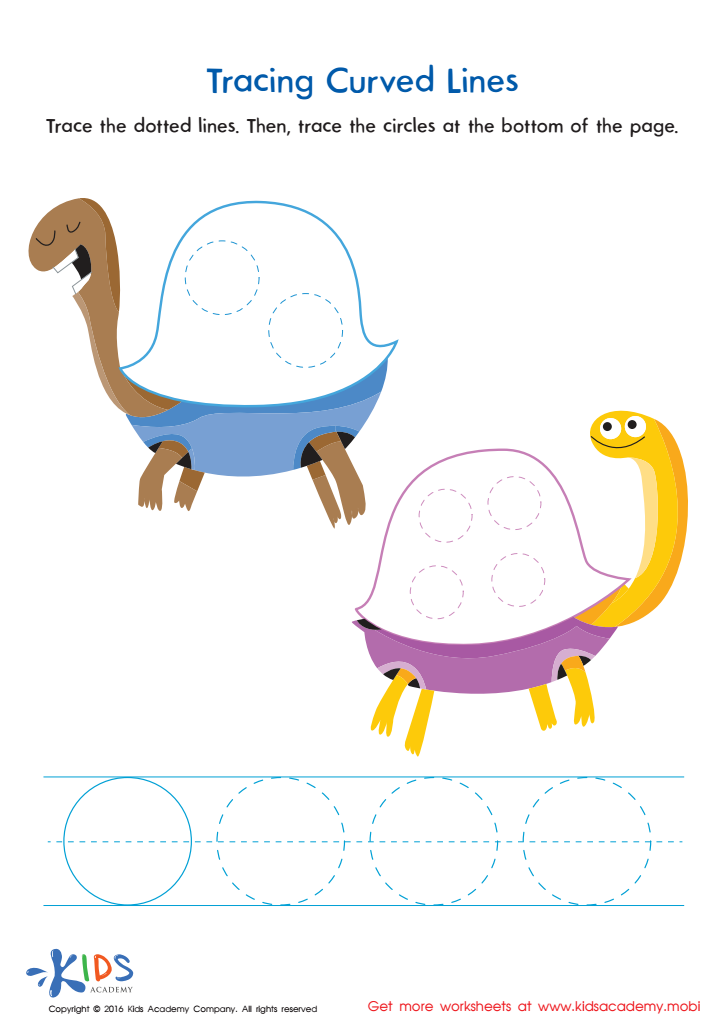Normal Tracing Lines and Curves Worksheets Activities With Answers for Ages 3-7
5 filtered results
-
From - To
Discover the perfect resources for young learners with our Normal Tracing Lines and Curves Worksheets, designed for ages 3-7. These engaging activities help children develop fine motor skills, hand-eye coordination, and early writing abilities through fun and interactive tracing exercises. Each worksheet features a variety of lines and curves to trace, making learning enjoyable and effective. Plus, we include an answer key for easy assessment. Ideal for parents and educators, these worksheets provide a fantastic way to support early childhood education. Encourage creativity and build confidence in your little ones as they master the art of tracing with our thoughtfully crafted activities!
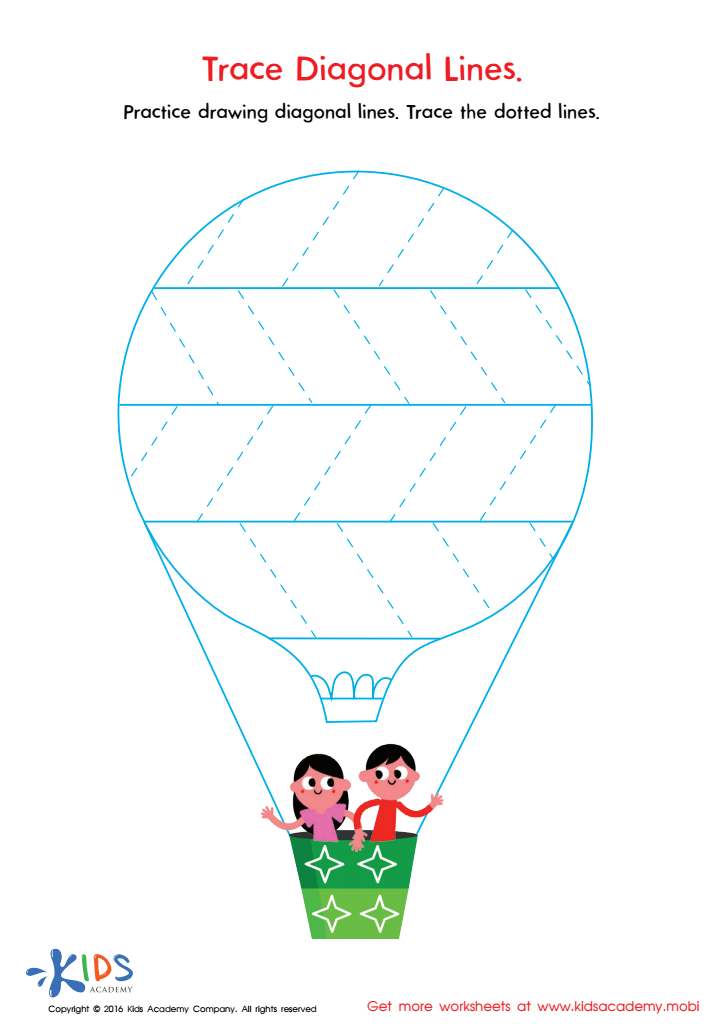

Trace Diagonal Lines Worksheet
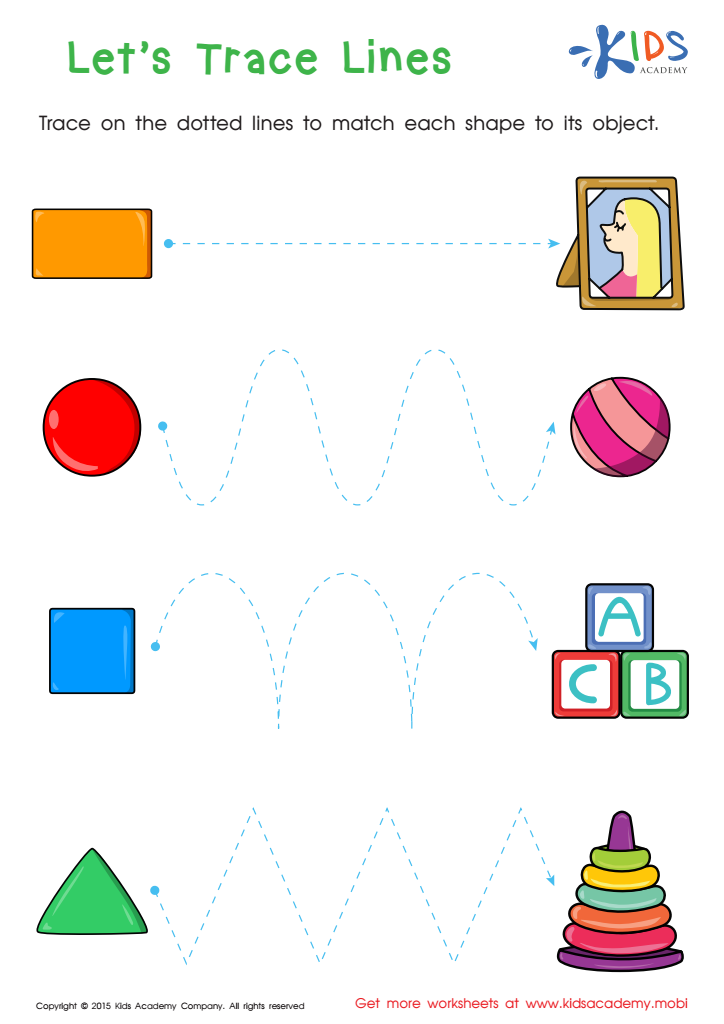

First Words: Let's Trace Lines Worksheet
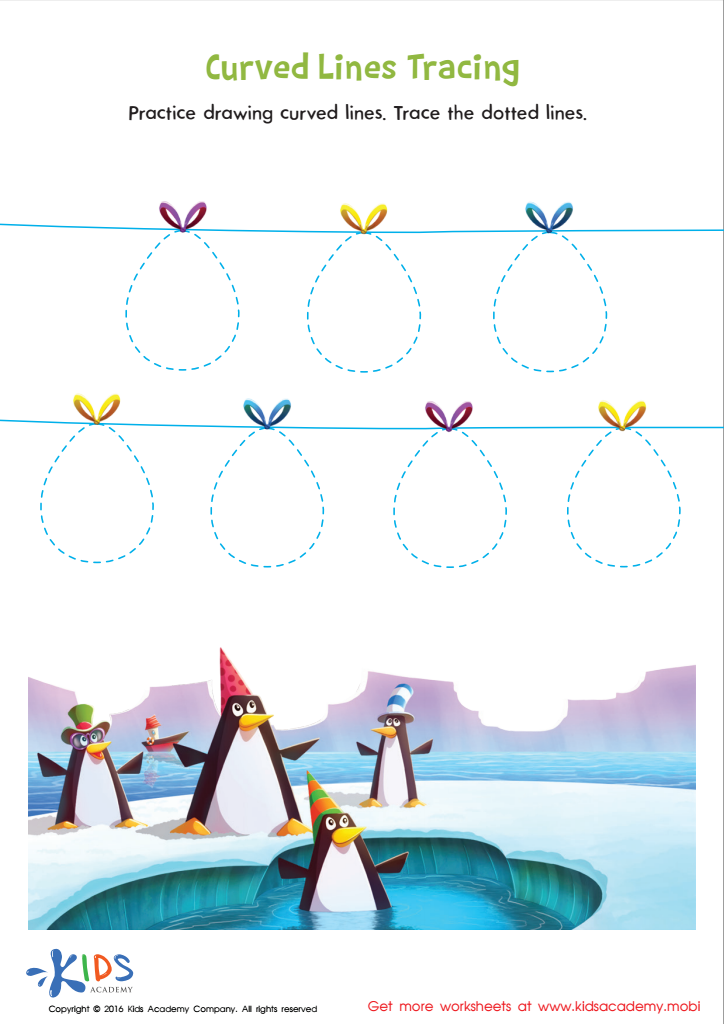

Curved Lines Tracing Worksheet
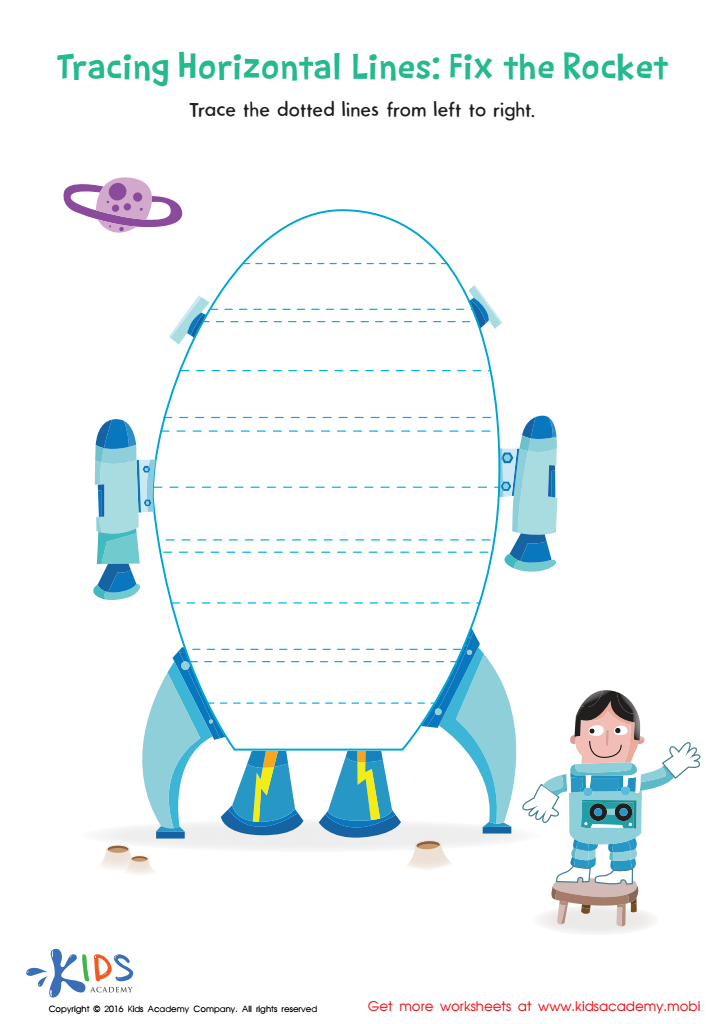

Tracing Horizontal Lines Worksheet
Understanding and utilizing Normal Tracing Lines and Curves activities for young children, aged 3-7, is crucial for several reasons. Firstly, these activities serve as foundational exercises that promote fine motor skills. As children trace lines and curves, they develop the hand-eye coordination necessary for writing, drawing, and other manual tasks. This is particularly important in early education, where building these skills lays the groundwork for later academic success.
Secondly, these activities support cognitive development by enhancing spatial awareness and the ability to recognize shapes. As children navigate different paths, they improve their problem-solving skills and understand relationships between various forms, which can be beneficial in mathematics and other disciplines.
Moreover, engaging in tracing activities can be an enjoyable way for children to express their creativity. By following lines and curves, they can create art, fostering an appreciation for visual expression. For parents and teachers, facilitating such activities not only helps in developing essential skills but also provides opportunities for bonding and interactive learning.
Lastly, assessing a child's ability to trace accurately can offer insights into their developmental progress, helping educators tailor future learning experiences to meet each child's needs effectively. Therefore, incorporating Normal Tracing Lines and Curves activities in early education is a valuable investment in a child's growth.

 Assign to My Students
Assign to My Students
